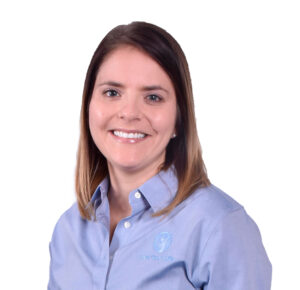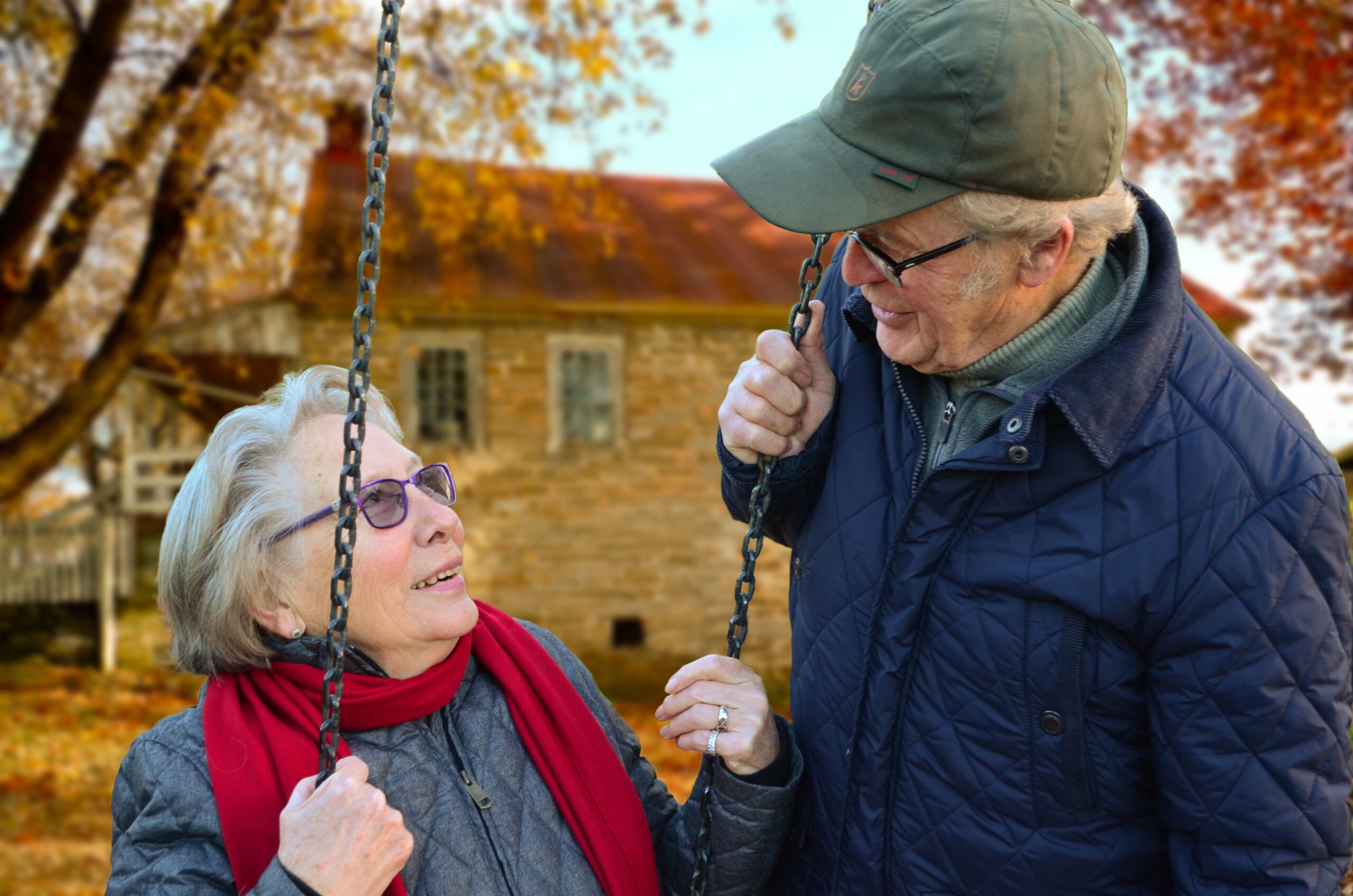June marks the month for National Aphasia Awareness, a condition that impacts up to 40% of individuals who have a stroke.1
The American Speech-Language and Hearing association defines aphasia as a speech and language disorder caused by neurological damage. The leading cause of aphasia is a stroke to the brain, but the condition can also be the result of a brain tumor, traumatic brain injury, or progressive neurological diseases. A neurological trauma such as this can impact how an individual speaks, listens, reads, and writes.2
The impact of aphasia depends on where in the brain the neurological event has occurred, as well as the severity of the incident. In one individual, it may impact his/her ability to identify specific vocabulary in complex conversation with family and friends (i.e. word finding difficulties), while in another, he/she may be unable to answer yes/no questions appropriately or complete basic automatic tasks such as counting to 10.
Understanding the symptoms and characteristics of aphasia helps caregivers, friends, and family members better communicate with those impacted by the condition. The American Heart & Stroke Association pinpoints some tips that loved ones often forget when communicating with an individual with aphasia:
- These individuals may communicate differently, but their cognition is often unchanged. They are still “as smart” as they were before the event.
- A hearing is often not impacted, speaking “louder” does not always help.
- Get creative with your communication approaches. Try writing or using printed/electronic pictures to help a loved one understand.
Confirm the message you are hearing by repeating it back to the individual. This ensures for a decrease in communication breakdown.1
Here at Live Your Life we offer comprehensive speech-language pathology to better support individuals impacted by aphasia.
Rachel Wieneke, M.A., CCC-SLP
Speech Language Pathologist
Live Your LifeTM
Bringing Physical Therapy & Wellness to You!

Rachel Wieneke, M.A., CCC-SLP, graduated from the University of South Dakota in 2012 with a Master of Arts degree in Speech-Language Pathology and currently holds a Certificate of Clinical Competency from the American Speech-Language-Hearing Association. She has experience in providing speech therapy to adolescents and adults, with increased focus in providing intervention for a receptive-expressive language, swallowing, and cognition. Rachel is also certified in VitalStim Therapy which allows her to utilize neuromuscular electrical stimulation with her swallowing therapy
As a therapist, Rachel values a patient-centered approach and involves both the caregiver and patient when creating goals for intervention, as well as during her treatment sessions. She appreciates the relationships she builds with her patients and their families, as well as generalizing therapy to the home setting. Rachel believes that these aspects are vital in helping her patients succeed.
Rachel enjoys being outside with her husband and exploring the Twin Cities on their road bikes. She also enjoys spending time with both of their families, traveling, running and yoga.
Resources
1Aphasia Communicating through Barriers, American Heart Association, 2014, https://www.strokeassociation.org/idc/groups/stroke-public/@wcm/@hcm/@sta/documents/downloadable/ucm_464430.pdf. Accessed June 14, 2018.
2“Aphasia.” American Speech-Language-Hearing Association, American Speech-Language-Hearing Association, www.asha.org/public/speech/disorders/Aphasia/. Accessed June 14, 2018.
What makes us different? Our care comes to you!
View Our Service AreaWe Are A Comprehensive Mobile Company Focused on Wellness, Fitness, Rehabilitation, and Prevention
We specialize in transforming the lives of seniors, adults and teenagers with a wide array of diagnoses and conditions in their home or location of choice. You deserve to be your best self through good health and wellness. We would love to have the privilege to work with you or a loved one.
Request a FREE Consultation Today!
